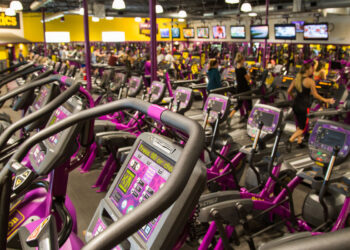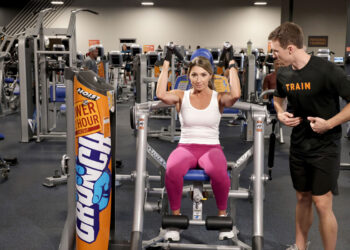Why do we have sales people? I am a firm believer that if each health club had zero sales people 30 percent of the prospects who come in would still join. That means that sales people can only make a difference to 70 percent of the market. There are prospects that have already made up their mind to buy before they come in — the only time this type of sale does not get done is when the person touring says or does something that the prospect didn’t like. I often joke with my sales team — don’t say anything and they will probably join. That is a joke, sort of!
We have sales people so that we can maintain a 65 percent closing ratio or better. If 30 percent of all prospects would join anyway, sales people help to get the other 35 percent. That means that three out of 10 people won’t become members. The focus on high closing is focusing on the 35 percent who are looking for a club but have some concerns, questions or need help. The difficult person is just that, and may never join your club, so don’t spend too much energy with that prospect — no matter how prepared or nice you are they will remain difficult.
Always start out with a question and answer session, have all the question’s written down on a form and have the sales person do all the work. It’s the salesman’s job to find out what is most important to the prospect. They also need to discover what the prospect has done in the past, why the prospect has had success and why the prospect did not have success. Often it’s the questioning, showing that you have a level of interest and that you care that takes this 35 percent group over the top. You have to understand that this group needs to know you care and that’s what will separate you from your competition. I believe no one is buying until they know you care.
It is better to be interested than interesting. Find out your prospects’ workout activity in the past, their hobbies, their goals and share testimonials of members of your club that share similar interest. Never one-up your prospect — if a member says he likes to camp and shares a recent camping trip, simply ask questions and learn about the trip. Always agree that it sounded wonderful or lock into something interesting and start a conversation. Never share how your latest camping trip was better or bigger or nicer.
People want to be heard, they want to know that they will have someone to talk to and they want to know that they are not just a sale to you. When all that is done, a connection should have been made and the rest of the conversation can be left to the tour. On the tour, you focus on the results and the tools that will be used — get people actively involved on the tour and ask a few trial closing questions. If you think along these lines, you will always be closing in the 65-70 percent range.
Chuck Hall is the executive director at Big Vanilla Athletic Clubs.
Stay ahead in the fitness industry with exclusive updates!
Rachel Zabonick-Chonko is the editor-in-chief of Club Solutions Magazine. She can be reached at rachel@peakemedia.com.











